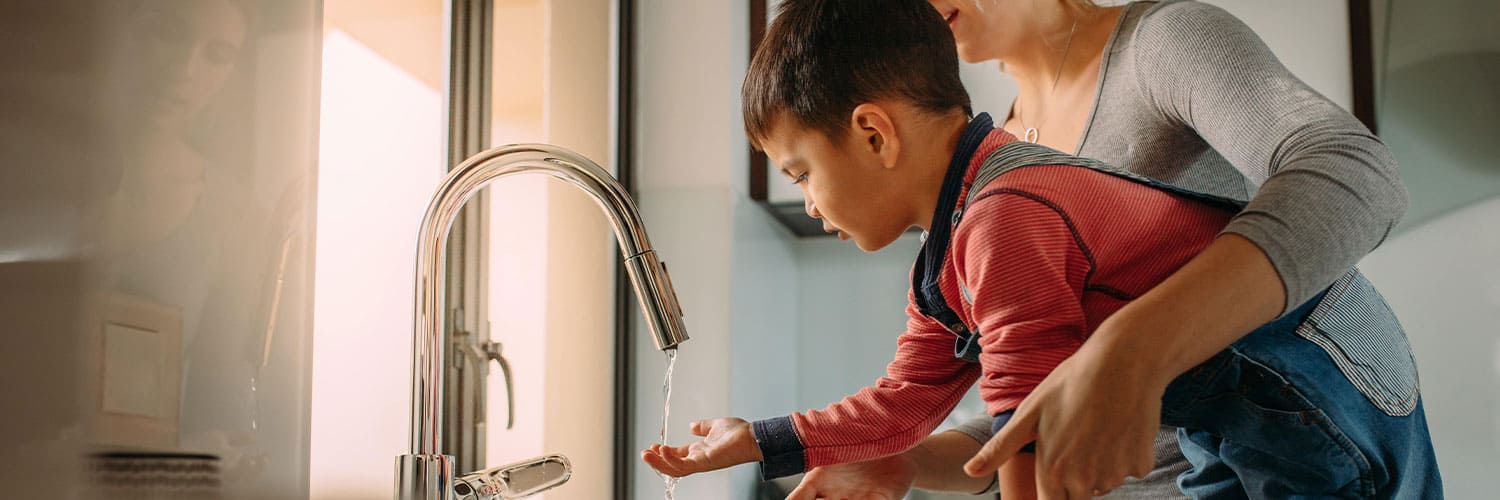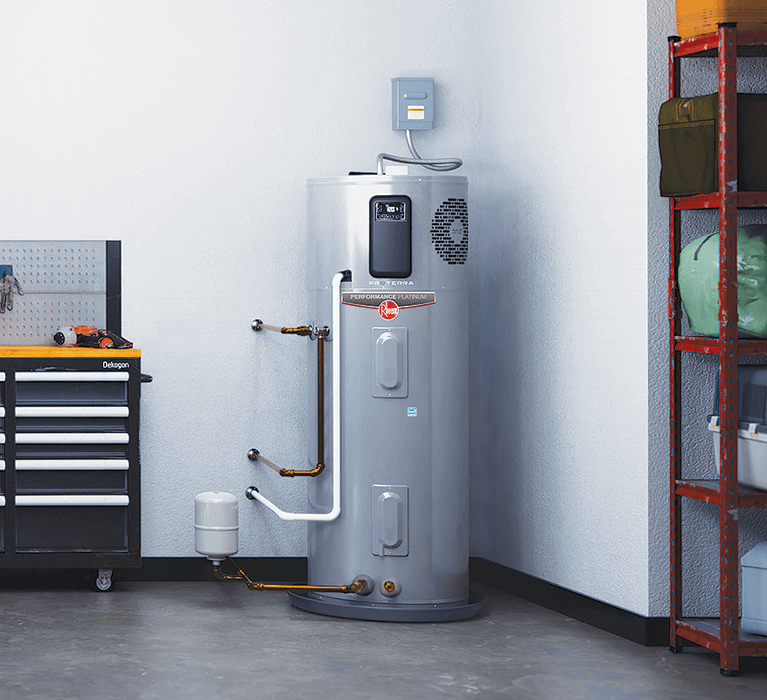Top Ways to Maintain Your Home's Hot Water System SuccessfullyBest Practices for Maintaining Your Home's Hot Water System
Top Ways to Maintain Your Home's Hot Water System SuccessfullyBest Practices for Maintaining Your Home's Hot Water System
Blog Article
What're your opinions with regards to How to Maintain a Hot Water Heater in a Few Simple Steps?

Warm water is vital for daily comfort, whether it's for a revitalizing shower or washing recipes. To ensure your warm water system runs successfully and lasts longer, regular upkeep is crucial. This short article provides sensible ideas and insights on how to keep your home's hot water system to avoid disturbances and expensive repairs.
Intro
Maintaining your home's warm water system might appear challenging, yet with a few basic steps, you can ensure it runs smoothly for years ahead. This guide covers everything from recognizing your warm water system to do it yourself upkeep pointers and knowing when to call expert help.
Value of Maintaining Your Warm Water System
Regular upkeep not only expands the lifespan of your warm water system but additionally ensures it runs efficiently. Ignoring maintenance can cause decreased effectiveness, higher power costs, and even early failure of the system.
Indicators Your Hot Water System Demands Maintenance
Understanding when your warm water system requires attention can avoid significant concerns. Look out for indications such as irregular water temperature level, strange noises from the heating unit, or rustic water.
Purging the Hot Water Heater
Flushing your water heater eliminates debris build-up, improving efficiency and extending its life.
Checking and Changing Anode Rods
Anode poles protect against corrosion inside the tank. Examining and changing them when worn is critical.
Complicated Concerns Needing Specialist Help
Examples consist of significant leaks, electrical issues, or if your hot water heater is consistently underperforming.
Routine Expert Upkeep Conveniences
Professional maintenance can consist of detailed inspections, tune-ups, and ensuring compliance with security criteria.
Evaluating and Adjusting Temperature Settings
Changing the temperature level setups makes certain optimal performance and security.
DIY Tips for Upkeep
You can do numerous upkeep jobs on your own to maintain your hot water system in top condition.
Checking for Leaks
Frequently check pipes and connections for leaks, as these can bring about water damages and higher bills.
Understanding Your Hot Water System
Before diving into maintenance tasks, it's helpful to understand the basic components of your hot water system. Generally, this includes the water heater itself, pipes, anode rods, and temperature level controls.
Month-to-month Upkeep Tasks
Normal month-to-month checks can aid capture minor concerns prior to they rise.
Examining Stress Relief Valves
Testing the stress safety valve ensures it works properly and prevents too much stress build-up.
Shielding Pipelines
Shielding warm water pipelines minimizes warm loss and can save energy.
When to Call a Specialist
While DIY upkeep is valuable, some problems require professional proficiency.
Conclusion
Normal upkeep of your home's hot water system is crucial for effectiveness, longevity, and price savings. By adhering to these ideas and knowing when to look for expert aid, you can guarantee a trustworthy supply of hot water without unexpected disturbances.
How to Maintain an Instant Hot Water Heater
Before tinkering with your hot water heater, make sure that it’s not powered on. You also have to turn off the main circuit breaker and shut off the main gas line to prevent accidents. Also turn off the water valves connected to your unit to prevent water from flowing into and out of the appliance. 2. When you’re done, you have to detach the purge valves’ caps. These look like the letter “T” and are situated on either side of the water valves. Doing so will release any pressure that has accumulated inside the valves while at the same time avoid hot water from shooting out and burning your skin. 3. When the purge valves’ caps are removed, you have to connect your hosing lines to the valves. Your unit should have come with three hoses but if it didn’t, you can purchase these things from any hardware or home repair shops. You can also get them from retail stores that sell water heating systems. Read the user’s manual and follow it to complete this task properly. When the hosing lines are connected, open the purge port’s valves. 4. You should never use harsh chemical cleaners or solutions when cleaning your unit. Make use of white vinegar instead. It should be undiluted and you’ll probably use about 2 gallons. 5. Now flush your water heater. This task should probably take about 40 minutes. We can’t give you specific directions for this because the procedure is carried out depending on the type, model and brand of your heater. With that being said, refer to the user’s manual. 6. When you’re done draining the unit, you have to turn off the purge port valves again. Remove the hosing lines that you earlier installed on each of the water valves. Put the valve caps (purge port) back in their respective places and be very careful so as not to damage the rubber discs that are found inside these caps. 7. Now that everything’s back in place, check your user’s manual again to find out how to reactivate your water heating system. 8. Once it is working, turn one of your hot water faucets on just to let air pass through the heater’s water supply pipes. Leave the tap on until water flows smoothly out of it. https://www.orrplumbing.com/blog/2014/september/how-to-maintain-an-instant-hot-water-heater/

We were made aware of that editorial about How to Maintain a Hot Water Heater in a Few Simple Steps from an associate on our other web address. Please take the opportunity to promote this page if you liked it. I am grateful for being here. Return soon.
Course Detail Report this page